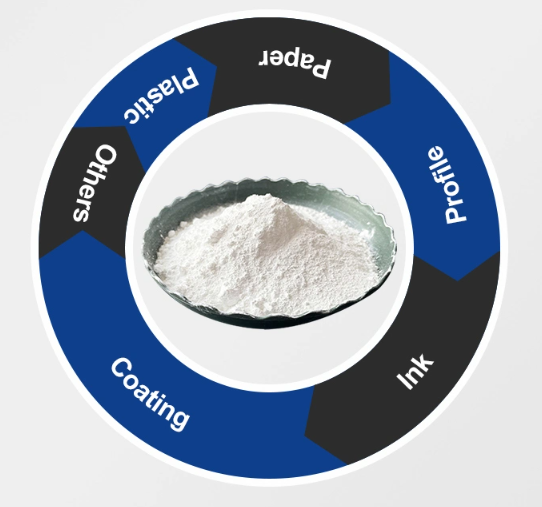
Sep . 05, 2024 13:14 Back to list
rutile titanium dioxide manufacturer
The Role of Rutile Titanium Dioxide Manufacturers in the Industry
Rutile titanium dioxide (TiO2) is a vital pigment and functional material known for its outstanding properties, including high refractive index, excellent UV resistance, and superior whiteness. These characteristics make rutile TiO2 a popular choice in various applications such as paints, coatings, plastics, and cosmetics. As the demand for high-quality TiO2 continues to grow globally, the role of rutile titanium dioxide manufacturers has become increasingly significant.
Rutile TiO2 is primarily produced through two methods the sulfate process and the chloride process. The sulfate process involves the treatment of titanium-containing ores, such as ilmenite, with sulfuric acid. This method is known for its relatively low production costs; however, it also generates a considerable amount of waste, leading to environmental concerns. In contrast, the chloride process starts with titanium ores being converted into titanium tetrachloride (TiCl4), which is then oxidized to produce TiO2. While this method is more environmentally friendly and results in purer products, it tends to be more expensive due to the advanced technology required.
Leading rutile titanium dioxide manufacturers invest significantly in research and development to improve production techniques and reduce environmental impacts. Many companies are now focusing on developing sustainable manufacturing practices, recycling waste materials, and exploring alternative feedstocks. As governmental regulations on industries tighten globally, these manufacturers are under pressure to adopt more eco-friendly methods while maintaining high product quality.
rutile titanium dioxide manufacturer

Market demand for rutile TiO2 has surged, driven by the construction, automotive, and consumer goods sectors. The paint and coatings industry, in particular, remains the largest consumer of this pigment, as it is used extensively for its high opacity and durability. Additionally, the increasing emphasis on environmentally friendly coatings has propelled the need for high-quality TiO2 with lower ecological footprints.
Furthermore, rutile titanium dioxide manufacturers are also exploring new applications in photovoltaics, where TiO2 serves as a photo-catalyst, enhancing the efficiency of solar cells. This diversification into emerging markets is crucial for manufacturers looking to maintain competitiveness and respond to the evolving industrial landscape.
Another important factor influencing the rutile TiO2 market is the rising trend towards digitalization and smart manufacturing. Many manufacturers are adopting advanced technologies such as automation, big data analytics, and artificial intelligence to enhance operational efficiency and product quality. These technologies enable manufacturers to optimize production processes, reduce costs, and improve resource management.
In conclusion, rutile titanium dioxide manufacturers play a critical role in various industries by supplying high-quality TiO2 that meets the demands of evolving market conditions. As they adapt to environmental regulations and technological advancements, these manufacturers are well-positioned to drive innovation and sustainability in the rutile TiO2 sector. The future of this industry looks promising, with ongoing research and development aimed at creating even more versatile and eco-friendly products that can cater to a wider array of applications.
-
What is Barium Sulfate Board? Uses, Benefits & Industry Insights
NewsNov.25,2025
-
Essential Guide to Calcium Powder Quotes – Pricing, Quality & Global Insights
NewsNov.24,2025
-
Reliable Anatase TiO2 Pigment Quotes for Sustainable Industry Use | CQ Titanium Dioxide
NewsNov.24,2025
-
Understanding Lithopone B311 Powder Quotes – Market Insights & Applications
NewsNov.23,2025
-
Reliable 30-50nm TiO2 Powders Quotes for Advanced Industrial Use | CQTitanium
NewsNov.23,2025
-
Comprehensive Guide on Lithopone Red Pigments Quotes | Industry Insights & Pricing
NewsNov.22,2025
